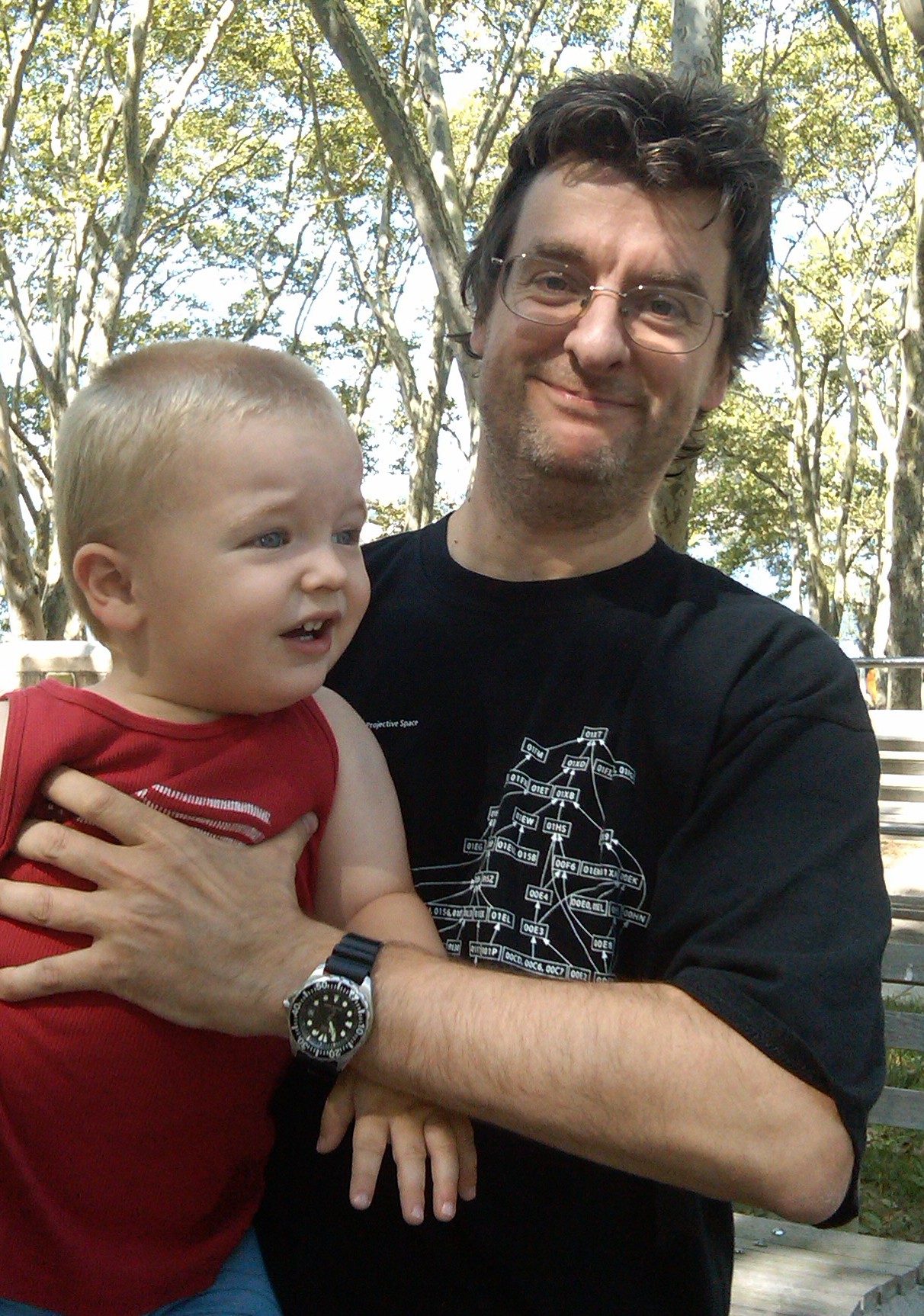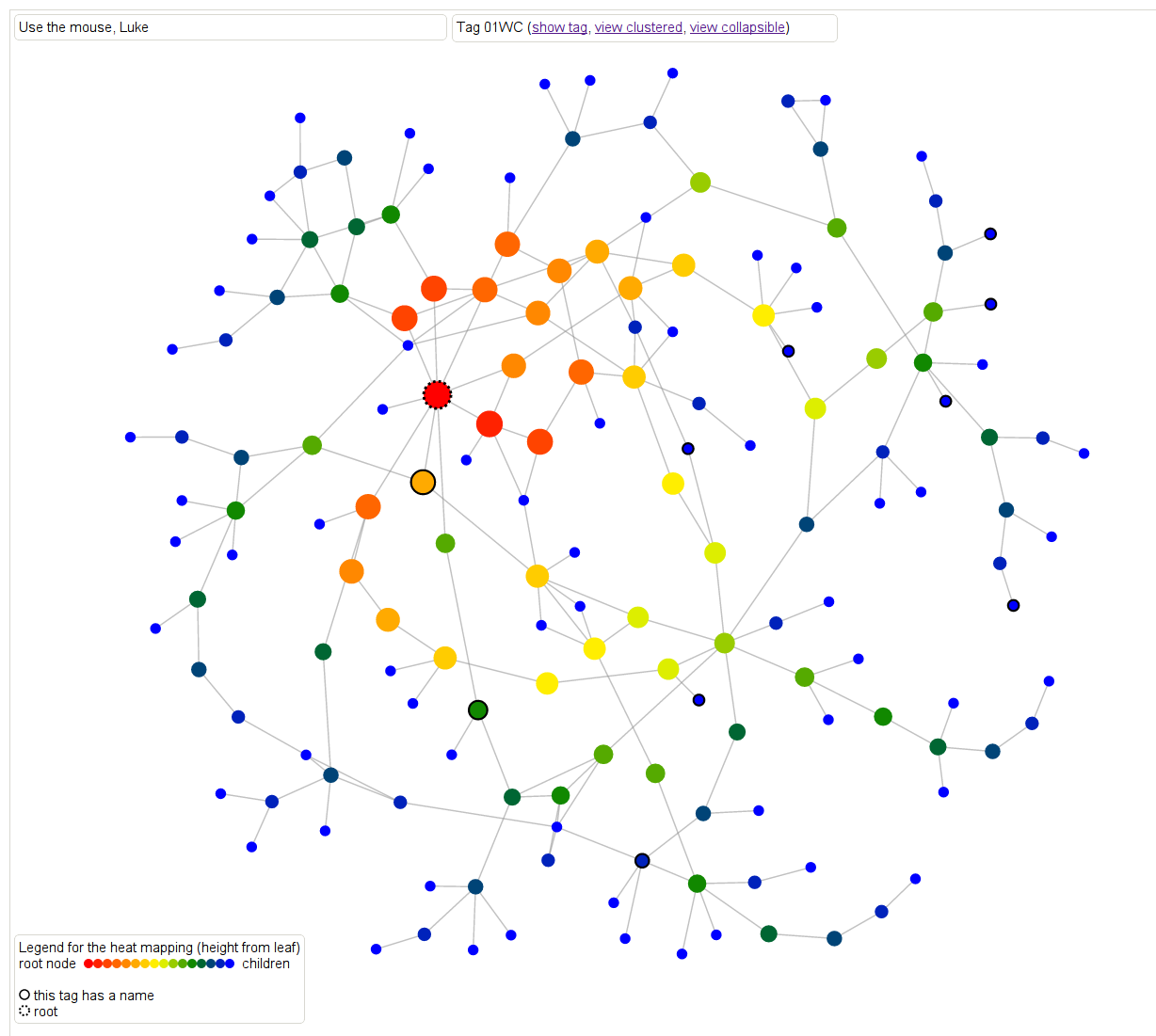Maclean’s has been publishing a very nice series of articles about Perimeter Institute by Paul Wells. These include one about Jacob Barnett, a 15 year-old who is now studying in a master’s level graduate program (Perimeter Scholars International) there. Another piece, about other students in the program, is here. It discusses one somehow oddly familiar story, of a “young man with dark hair…seems too cool for school”, born in Iran, but educated in Canada, on his way to a promising career in particle theory, Nima Afkhami-Jeddi. There’s also yet another piece, with a wonderful description of the bistro at Perimeter.
In the most scientifically substantive piece, entitled Perimeter Institute and the crisis in modern physics, Wells describes PI director Neil Turok’s welcome speech this year. Here are some quotes from Turok:
Theoretical physics is at a crossroads right now…In a sense we’ve entered a very deep crisis.
You may have heard of some of these models…There’ve been grand unified models, there’ve been super-symmetric models, super-string models, loop quantum gravity models… Well, nature turns out to be simpler than all of these models.
If you ask most theorists working on particle physics, they’re in a state of confusion.
The extensions of the standard model, like grand unified theories, they were supposed to simplify it. But in fact they made it more complicated. The number of parameters in the standard model is about 18. The number in grand unified theories is typically 100. In super-symmetric theories, the minimum is 120. And as you may have heard, string theory seems to predict 10 to the power of 1,000 different possible laws of physics. It’s called the multiverse. It’s the ultimate catastrophe: that theoretical physics has led to this crazy situation where the physicists are utterly confused and seem not to have any predictions at all.
The data just fits so perfectly with Perimeter’s mission. If it had turned out to be complicated and messy — 10 new particles at CERN and all kinds of funny evidence for models of inflation and stuff in the sky — one would have to say the future of theoretical physics does look pretty messy and complicated. Perimeter would be just one of 100 such institutes.
But given that everything turned out to be very simple, yet extremely puzzling — puzzling in its simplicity — it’s just perfect for what Perimeter’s here to do. We have to get people to try to find the new principles that will explain the simplicity
Turok’s perspective on the current situation is great to hear. It’s wonderful to see this kind of admission that the evidence is now in that particle theory has been barking up the wrong tree, coupled with a vigorous position that looking for new principles is where the future lies. My only comment would be that Turok might want to think about bringing in to Perimeter more mathematicians, since if physicists are going to look for new principles, they might need some new mathematics.
For another similar take on the current state of theoretical physics as it faces up to the fact that our simplest theories of particle physics and cosmology are working all too well, see Adrian Cho’s Boxed In at Science magazine.
In the US, HEPAP was meeting last week to discuss the Snowmass workshop and the process for going forward with recommendations about the future of HEP. There was a report from the DPF Panel on the Future of High Energy Theory. It had nothing about the intellectual crisis that Turok and others see in the field, with the only crisis addressed the difficult budget situation, leading to cuts in grants. The panel recommends that theorists continue to get two full months of summer salary, and argues that “salary caps” limiting the size of these payments should not be lowered.
Update: Physics World has something about this, with the headline Perimeter Institute welcome speech reignites the string wars.







